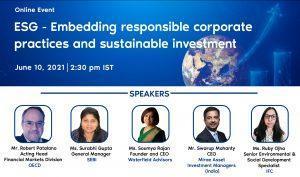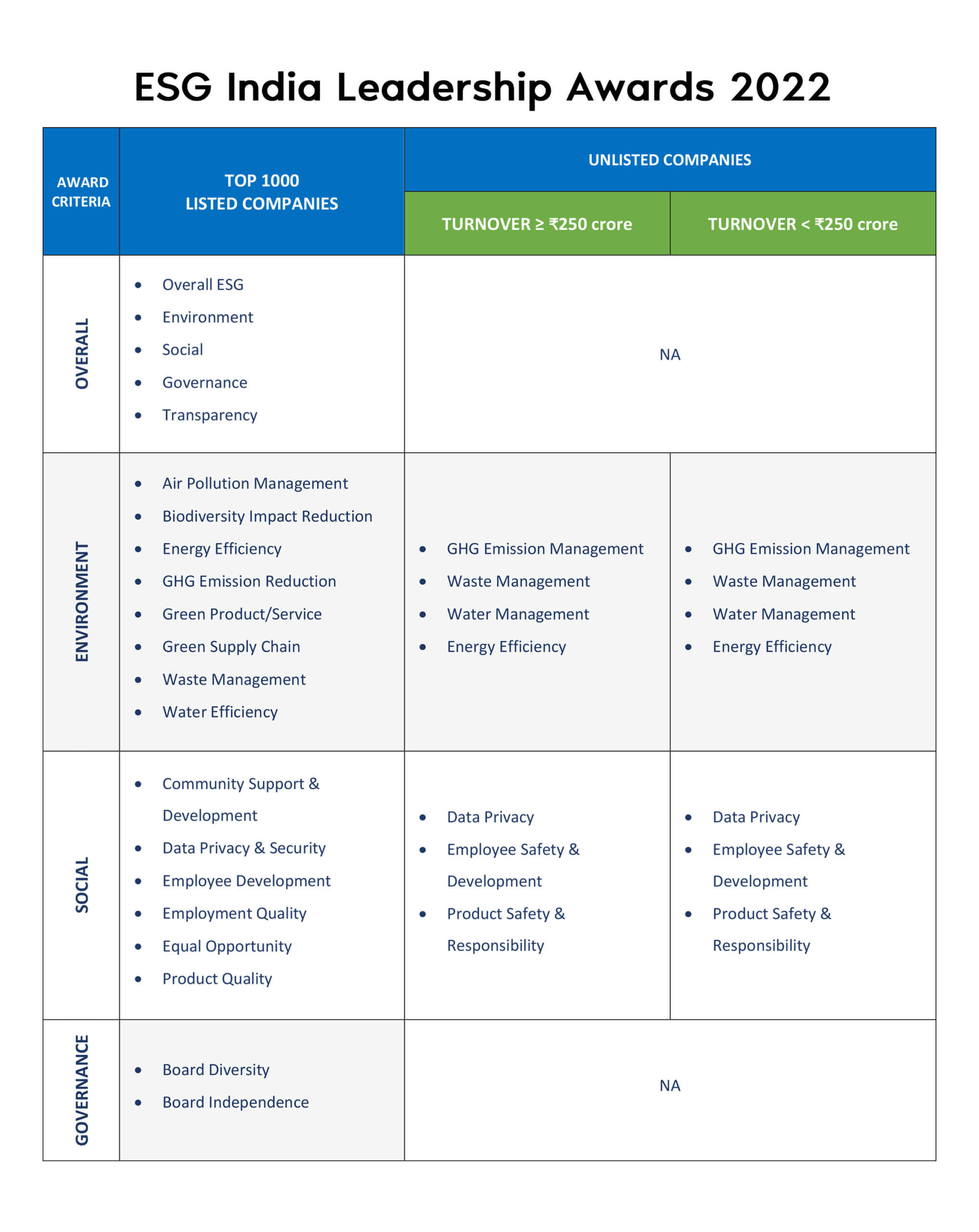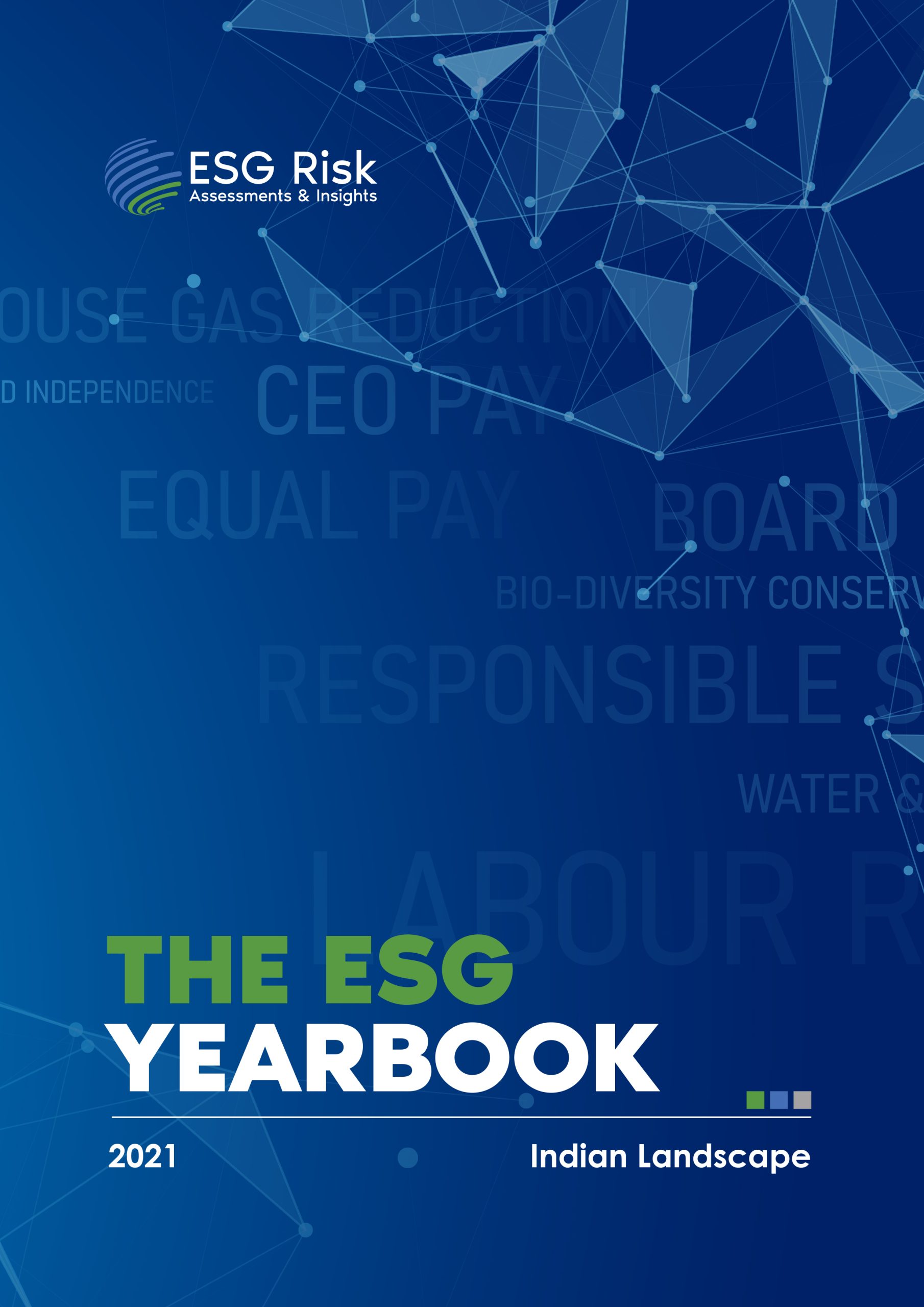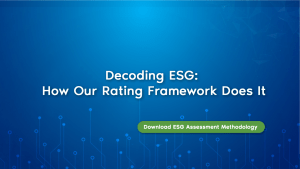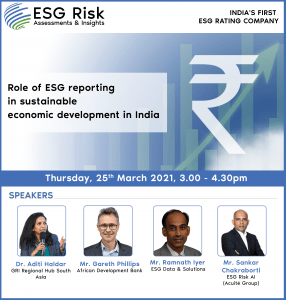ESG Risks: identify, analyse and fix the gaps
Six simple steps to assess ESG Risks
Few names sound as stately as Rana Plaza, once an eight-storeyed garment manufacturing hub in Bangladesh’s Savar district. Tragically, mention of Rana Plaza only dredges up haunting memories of a catastrophe from which Bangladesh, the global apparel industry, and the world at large is yet to recover.
The poorly administered, inefficiently inspected and overcrowded garment building collapsed in 2013, killing over 1,100 people, which compelled the fashion industry to reassess its supply chains and improve the safety conditions of workers. Proponents of Environmental, Social and Governance (ESG) values clamoured for change in regulations even as global retailers signed a new agreement to audit garment factories.
The agreement, called the ‘Accord on Factory and Building Safety in Bangladesh’, had worker-centred initiatives in the form of complaint mechanisms and safety committees.
The Rana Plaza tragedy underscores how several operational and reputational risks are linked to ESG issues. Organisations are increasingly integrating the ‘E’ and ‘S’ pieces in business risks. Even corporate governance policies such as executive remuneration and assurance against conflict of interests are being implemented with a greater sense of urgency than ever before.
A realisation has dawned that companies needn’t wait for an upheaval to integrate ESG Risks into decision-making processes, business plans, and internal control frameworks.
What is ESG Risk?
Corporates nowadays needn’t be told that when ESG Risks materialise, they can leave great business empires limp. ESG Risks, once considered black swans for their unpredictability, can manifest in the blink of an eye.
Not too long ago, a German motor vehicle manufacturer had to recall cars after admitting to falsifying emissions tests. The auto giant bled $33.3 billion in the form of settlements, buyback costs and penalties.
Then there’s much to learn from the episode involving the State of Michigan, charged with inadequate testing of water that reportedly resulted in severe health issues for Flint residents. The State of Michigan had to pay 0.6 billion in settlement.
Businesses are left counting their ruins owing to indifference to potential ESG Risks.
Defining ESG Risks aptly, American billionaire businessman and CEO of CEO of BlackRock, Larry Fink, once said: “A company’s ability to manage environmental, social and governance matters demonstrates the leadership and good governance that is so essential to sustainable growth, which is why we are increasingly integrating these issues into our investment process. Companies must ask themselves: What role do we play in the community? How are we managing our impact on the environment? Are we working to create a diverse workforce? Are we adapting to technological change? Are we providing the retraining and opportunities that our employees and our business will need to adjust to an increasingly automated world? Are we using behavioural finance and other tools to prepare workers for retirement, so that they invest in a way that will help them achieve their goals?”
What is ESG Risk analysis?
Thus, an analytical rigour of ESG Risks is inevitable at every stage of the corporate journey. Organisations use multiple techniques to analyse ESG Risks such as materiality assessments, SWOT analysis, megatrend analysis and stakeholder engagement. By employing ESG analytical lens, corporates identify how certain risks could threaten business objectives and what should be the appropriate response.
From investors point of view, ESG Risk analysis include assessing the potential impact of sustainability factors on a company’s long-term business model and its resilience to adapt to ESG changes.
For corporates, however, efficient ESG management shouldn’t be considered only in the context of risk mitigation. There are opportunities waiting to be harnessed such as more employee retention, access to capital, competitive edge through innovation and reputational benefits.
How can ESG Risk analysis can help form an ESG Risk strategy?
In doing ESG Risk analysis, organisations can identify sustainability trends that lead to opportunities. Also, it’s imperative that corporates do a thorough examination of ESG issues that are most material to their businesses. For example, ESG Risk analysis could be the extent of carbon footprints on businesses’ operations, products and supply chain. It could be of climate change, green transition, carbon pricing, human rights, labour standards and business conduct.
Analysis of potential ESG Risks enables organisations to anticipate and avoid hazards. It includes other key ESG elements such as ethics, sound governance, transparency and fiscal responsibility of an organisation. Ideally, a corporate’s management model must focus on creating value for shareholders in the long run instead of resolving specific problems in the short term.
Based on the analysis, the board of directors can every so often supervise these risks and devise strategies to mitigate them. ESG Risk analysis equip organisations to be better prepared to combat risks, make bold decisions and, as it’s often said, improve life for the corporate community.
A strong ESG Risk analysis becomes the springboard to the next step that is ESG Risk assessment. In ESG lingo, both the terms are not radically different from each other, but there’s a subtle difference.
6 steps to assess ESG Risks:-
ESG Risk assessments, as the term itself suggests, is a comprehensive risk-assessment framework. Essentially, it’s a methodology built upon investor feedback and a scalable technology platform.
ESGRisk.ai, India’s first ESG Rating Agency, assesses the increasing impact of ESG issues on an organisation’s contingent liabilities (or potential losses that could occur in future), creditworthiness and profitability. Through ESG rating reports, ESGRisk.ai provides timely and comprehensive information, in-depth analysis, and dispassionate opinion to the management on how well the firm is managing ESG risks.

How are ESG Risks managed?
It must be added here that time horizons influence ESG factors as much as sectoral differences. Environmental factors may impact energy and materials sectors in a different way while governance issues are related more to the financial sector. Thus, it’s essential that organisations understand what specific ESG risks they’re exposed to on the basis of their business models and activities in order to manage them.
The second step should be categorising ESG Risks into products, territories, sectors and asset class. Readily-available tools evaluate ESG exposures, thereby enabling firms to integrate ESG into their frameworks, reporting and disclosure practices.
The role of the management is crucial to incentivise the right ESG behaviours. It’s in their interests to prevent greenwashing and appoint sustainability officers for greater ESG accountability.
What is ESG Risk management framework?
It’s undeniable that companies with strong ESG risk management practices are more likely to drive long-term sustainable performance and shareholder value.
For example, one way to assess the efficacy of a company’s risk management framework could be by scrutinising the results of its environment management practices. Usually, the outcome is evident through reductions in emissions and waste, better use of water and so on. If the results align with the targets the company has set for itself, the ESG risk management framework can be deemed effective.
Likewise, for social compliance, the evaluation is based on how a company manages its relationships with employees, suppliers, customers and communities.
For governance, the evaluation has to cover board independence, diversity, leadership, executive pay, audits, internal controls and shareholder rights.
That said, ESG assessments are a complex area. While reliable evaluation approaches exist, lack of standardised, comparable information could be a challenge.
In this regard, ESGRisk.ai follows a structured approached to ESG risk management framework. It’s based on the premise that organisations are exposed to a wide variety of risks, impacting them in varying degrees. ESG Risk AI’s risk-management process is structured in a hierarchy where individual data points pertaining to risk exposure and management can be aggregated to evaluate the performance.
Conclusion
Organisations least prepared for ESG risks endanger their reputation risks. Managing ESG risks efficiently helps corporates to march on with less uncertainty and achieve business objectives. Many aspects of ESG risk management impact employee welfare such as health, safety, diversity and inclusion, all of which contribute to greater output.
Businesses more transparent and successful at managing business risks are likely to attract priceless capital and investors. Organisations that commit to ESG without duress and view it as an opportunity to give back to society maintain a competitive advantage in the market and emerge as true ESG winners.

